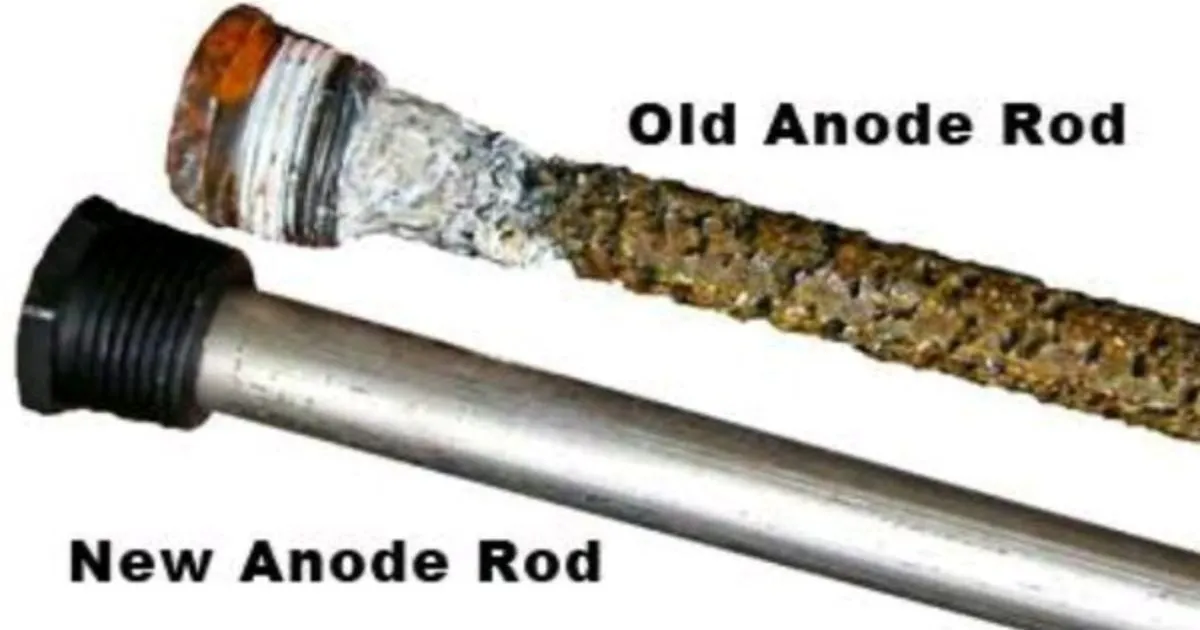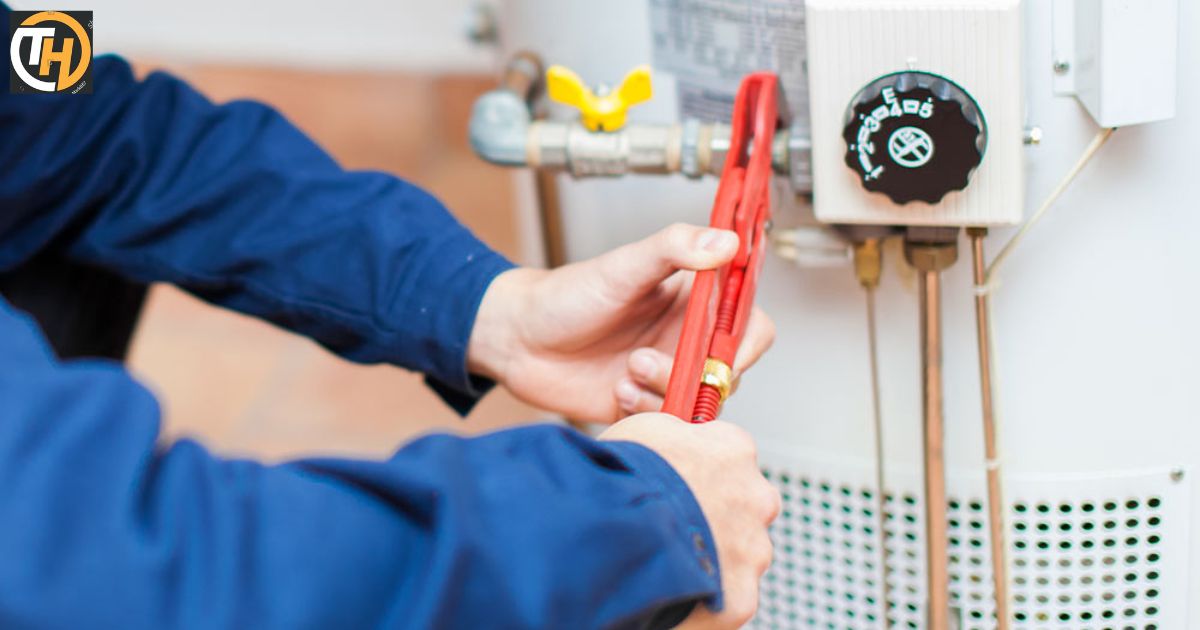The plastic inserts in a water heater, often referred to as dip tubes, play a crucial role in the efficient operation of the water heater. These seemingly simple components, known as water heater plastic inserts, direct incoming cold water to the bottom of the tank where the heating element is located, ensuring effective heating of the water.
Imagine turning on your shower expecting a warm, comforting stream of water, only to be met with a lukewarm trickle. This could very well be due to a faulty dip tube in your water heater. These dip tubes might be small, but their impact on your daily comfort is significant.
The plastic inserts, or dip tubes, in your water heater are essential. They ensure a steady supply of hot water. These dip tubes direct cold water to the bottom of the tank. This ensures efficient heating before it reaches your faucets.
So, when you’re enjoying a hot shower or washing dishes with warm water, think of the dip tube. It’s a humble component that makes all this possible.
Understanding Water Heater Plastic Inserts
What Are Water Heater Plastic Inserts?
Manufacturers make water heater plastic inserts from durable, heat-resistant plastic materials. These small components have strategic placements within the water heater’s design to serve specific functions in maintaining its performance and longevity. One of the following options: Glass Lined, Porcelain Enameled, Vitreous Enameled, or Blue Silicon Enameled, coats the interior of a standard water heating tank.
The Role of Dip Tubes
One common type of plastic insert in water heaters is the dip tube. Dip tubes are long, slender plastic tubes that extend from the top of the water heater down to the bottom of the tank. Their primary function is to direct incoming cold water to the bottom of the tank, ensuring it gets heated before being delivered to your taps and fixtures.
Anode Rods and Plastic Nipples

Anode rods, critical for preventing tank corrosion, often feature plastic nipples as part of their design. These plastic inserts help secure the anode rods within the tank while insulating them from direct contact with metal components, including the ‘water heater element’, thus extending their lifespan and effectiveness.
The Significance of Plastic Inserts
Enhancing Efficiency
Water heater plastic inserts, especially dip tubes, play a crucial role in enhancing the efficiency of the appliance. By ensuring that incoming cold water is directed to the bottom of the tank for heating, they help reduce energy consumption and provide you with hot water more quickly.
Extending Component Lifespan
Plastic inserts, such as those found in anode rods, contribute to the overall longevity of the water heater. By insulating and protecting critical components, they help prevent corrosion and maintain the integrity of the tank.
Preserving Water Quality
The use of plastic inserts in water heaters also contributes to water quality. By preventing metal components from corroding and deteriorating. They ensure that your hot water remains clean and safe for daily use.
Heat Trap Nipples
Heat trap nipples are specialized plumbing components used in water heaters to improve energy efficiency and reduce heat loss. These nipples are designed with a unique shape that incorporates a valve mechanism to prevent the natural convection of hot water, which can cause heat to escape through the inlet and outlet pipes.
Common Issues and Maintenance
Water heater plastic inserts, despite their durability, are susceptible to wear and tear over time. Common issues that can impact their performance include deterioration and sediment buildup. To ensure that your water heater operates at its best, it’s crucial to incorporate regular maintenance and periodic inspections.
Deterioration can occur due to prolonged exposure to high temperatures and the chemicals present in water. It may cause plastic inserts to become brittle or degrade. When this happens, their ability to perform their intended functions. Such as directing cold water or protecting anode rods, can be compromised.
Sediment buildup is another issue that can affect plastic inserts. Over time, minerals and debris in the water supply can accumulate inside the water heater, leading to sediment deposits. These deposits may impact the efficiency of plastic inserts and other components. They can also reduce the overall efficiency of the water heater.
Here’s a summary table with key points and main sections of the article:
| Section | Key Points |
| Introduction | Definition of water heater inserts Importance and relevance |
| Understanding Water Heater Inserts | Types of plastic inserts Functions of dip tubes and anode rod nipples |
| The Significance of Plastic Inserts | Enhanced efficiency Extended component lifespan Preserving water quality |
| Common Issues and Maintenance | Deterioration and sediment buildup The importance of regular inspection and maintenance |
| Conclusion | A recap of the importance of plastic inserts in water heaters |
This table provides a concise overview of the key points. The main sections of the article, make it easy for readers to grasp the content at a glance.
FAQs
What parts are inside the water heater?
Water heaters typically contain a heating element, thermostat, anode rod, dip tube, and a pressure relief valve.
What is the inner lining of water heaters?
The inner lining of water heaters is often made of glass or a glass-like material known as vitreous enamel.
What is that thing in the water heater?
The “thing” in a water heater could refer to various components. Such as the heating element, thermostat, or pressure relief valve.
What is a water heater liner made of?
Water heater liners are typically made of glass or vitreous enamel, which provides corrosion resistance. It prevents contact between water and the metal tank.
Conclusion
In conclusion, water heater plastic inserts are inconspicuous yet essential components that contribute to the efficiency, longevity, and safety of your water heater. Understanding their role in directing cold water, insulating anode rods, and preserving water quality underscores their significance.
To maintain your water heater’s performance, regular inspection and maintenance of these plastic inserts are essential. By doing so, you can ensure that you have reliable hot water for years to come. Inside a standard water heating tank, you’ll typically find a lining. This lining could be Glass Lined, Porcelain Enameled, Vitreous Enameled, or Blue Silicon Enameled.











